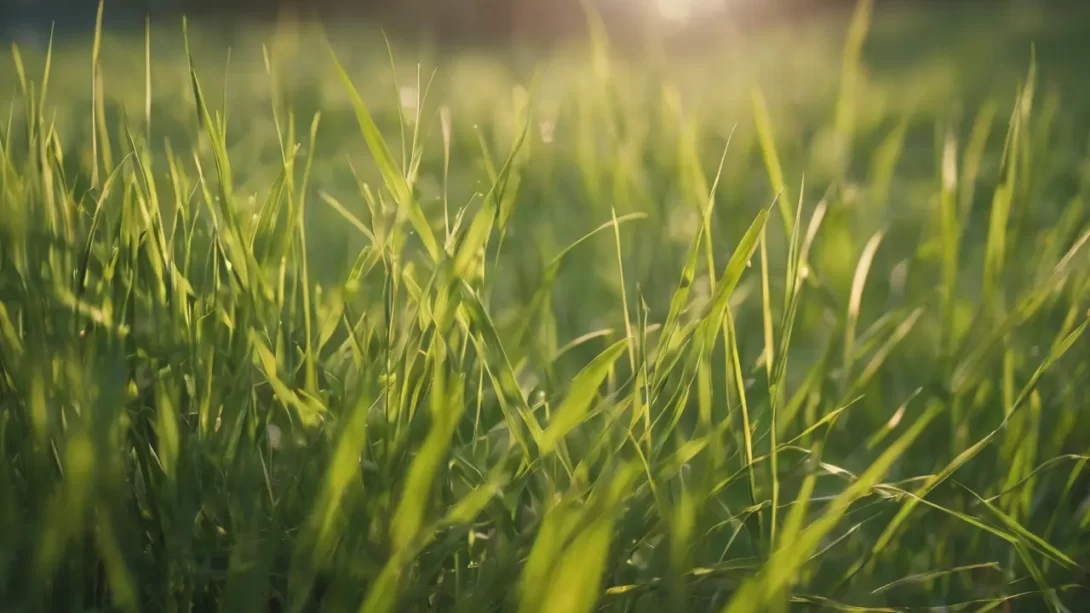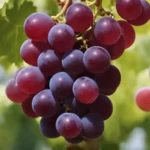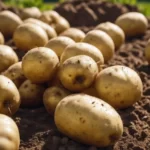Commonly seen covering lawns and fields, grass is a familiar sight to many. Despite its ubiquity, there’s often a lack of understanding about what grass really is and whether it’s a living organism. This article aims to delve into the biology of grass, shedding light on its living nature and the various processes it undergoes as a vital part of our ecosystem.
The Basic Biology of Grass
Grass is a type of plant belonging to the family Poaceae and is a crucial member of the plant kingdom. Like all plants, grass is a living organism, characterized by its ability to grow, reproduce, and respond to the environment. Its cellular structure is complex, consisting of systems for energy production, nutrient transport, and growth. These biological features are fundamental indicators of life, distinguishing grass and other plants from inanimate objects.
Growth and Development of Grass
Grass begins its life as a seed, which germinates under the right conditions of moisture, temperature, and light. The germination process initiates growth, leading to the development of roots, shoots, and leaves. As grass matures, it undergoes various stages of development, including the formation of new blades and, eventually, the production of its own seeds. This lifecycle, from seed to seed-bearing plant, exemplifies the dynamic and living nature of grass.
Photosynthesis in Grass
One of the key processes that affirm the living status of grass is photosynthesis. This process involves the grass’s green leaves absorbing sunlight and converting it into chemical energy. This energy is then used to convert carbon dioxide from the air and water from the soil into glucose, a sugar that provides energy for the grass’s growth and development. Oxygen is released as a byproduct, contributing to the oxygen supply in our atmosphere. Photosynthesis is a clear demonstration of grass’s active metabolic processes, further confirming its status as a living organism.
Grass Response to External Stimuli
Grass exhibits a remarkable ability to respond to external stimuli, a defining characteristic of living organisms. For instance, grass blades bend towards light sources, a phenomenon known as phototropism, optimizing their ability to capture sunlight for photosynthesis. Additionally, grass can react to variations in water availability by altering its growth rate. During dry conditions, it slows down growth and may even enter a dormant state to conserve resources. When mowed, grass responds by increasing its growth rate to replace lost blades, showcasing its resilience and adaptive nature.
Reproduction and Survival
Reproduction is a vital aspect of any living organism’s life cycle, and grass is no exception. Grasses reproduce both sexually and asexually. Sexual reproduction occurs through seed formation, where flowers produce seeds that can grow into new plants. Asexually, many grass species spread through runners or rhizomes, extending their reach across the soil. These survival strategies enable grass to thrive in various conditions and landscapes, from manicured lawns to wild prairies.
Ecological Role and Interactions
The living nature of grass is further exemplified by its role in ecosystems. Grass is a primary producer, forming the base of many food chains. It provides essential nourishment for a variety of wildlife, from insects to large herbivores. Grasslands, dominated by grass species, are biodiverse ecosystems supporting numerous species. Furthermore, grass interacts with and supports various organisms, including beneficial microbes in the soil, which contribute to nutrient cycling and soil health. These interactions underscore grass’s dynamic role as a living, functioning component of ecological communities.
Common Misconceptions About Grass
There are several misconceptions about grass that can lead to underestimating its complexity as a living organism. One common belief is that grass is a passive element of the landscape, simply existing without much activity. However, as previously discussed, grass is actively involved in processes like photosynthesis, growth, and reproduction. Another misconception is that all grasses are the same and play a singular role. In reality, there are thousands of grass species, each with unique characteristics and roles in their respective ecosystems.
Clarifying the Complexities of Grass
Contrary to the perception of simplicity, grass is a biologically complex organism. It has developed sophisticated mechanisms to survive and thrive in diverse conditions. For example, grasses in arid regions have adapted to conserve water, while those in colder climates can survive freezing temperatures. The root systems of grasses are often intricate and extensive, playing a crucial role in soil stabilization and preventing erosion. These complexities demonstrate the active and vital life processes of grass.
Conclusion
In conclusion, grass is unequivocally a living organism, characterized by its ability to grow, reproduce, respond to environmental stimuli, and play a dynamic role in ecosystems. Understanding grass as a living entity allows us to appreciate its importance beyond just aesthetic value. Recognizing the biological intricacies of grass can also lead to more informed and sustainable practices in agriculture, landscaping, and environmental conservation. In essence, grass is not just a backdrop to our lives but a thriving, living component of the natural world.



